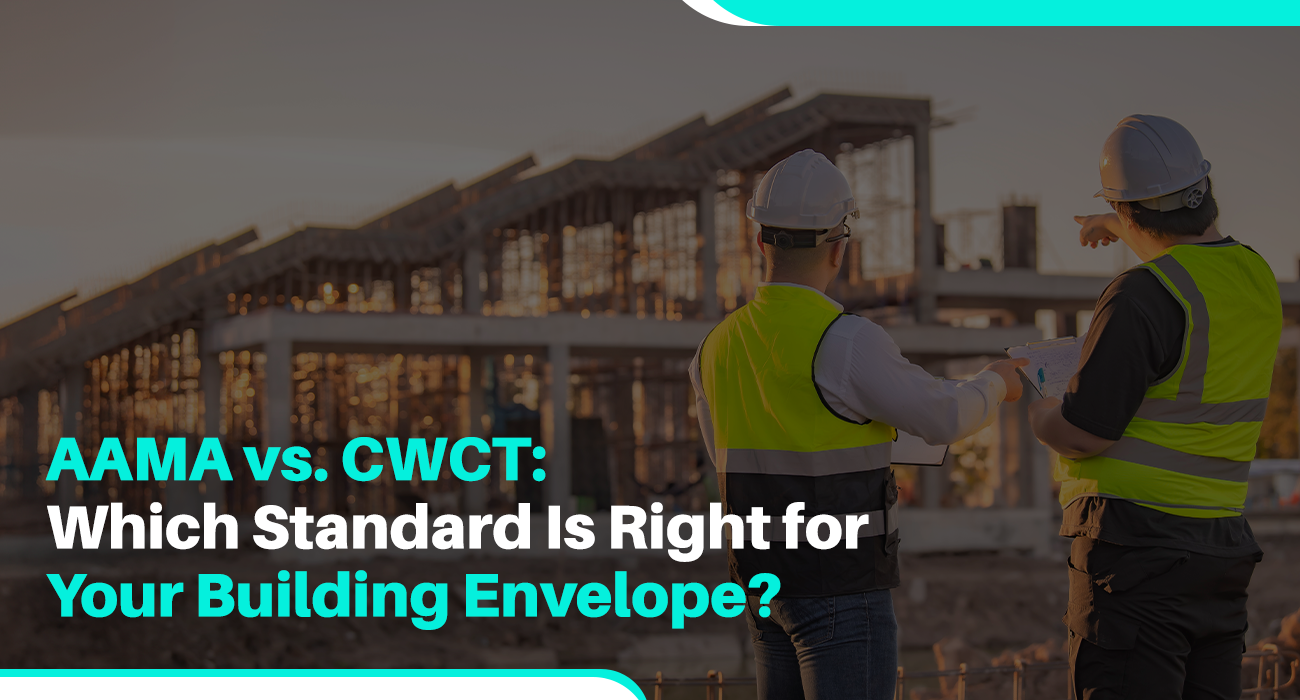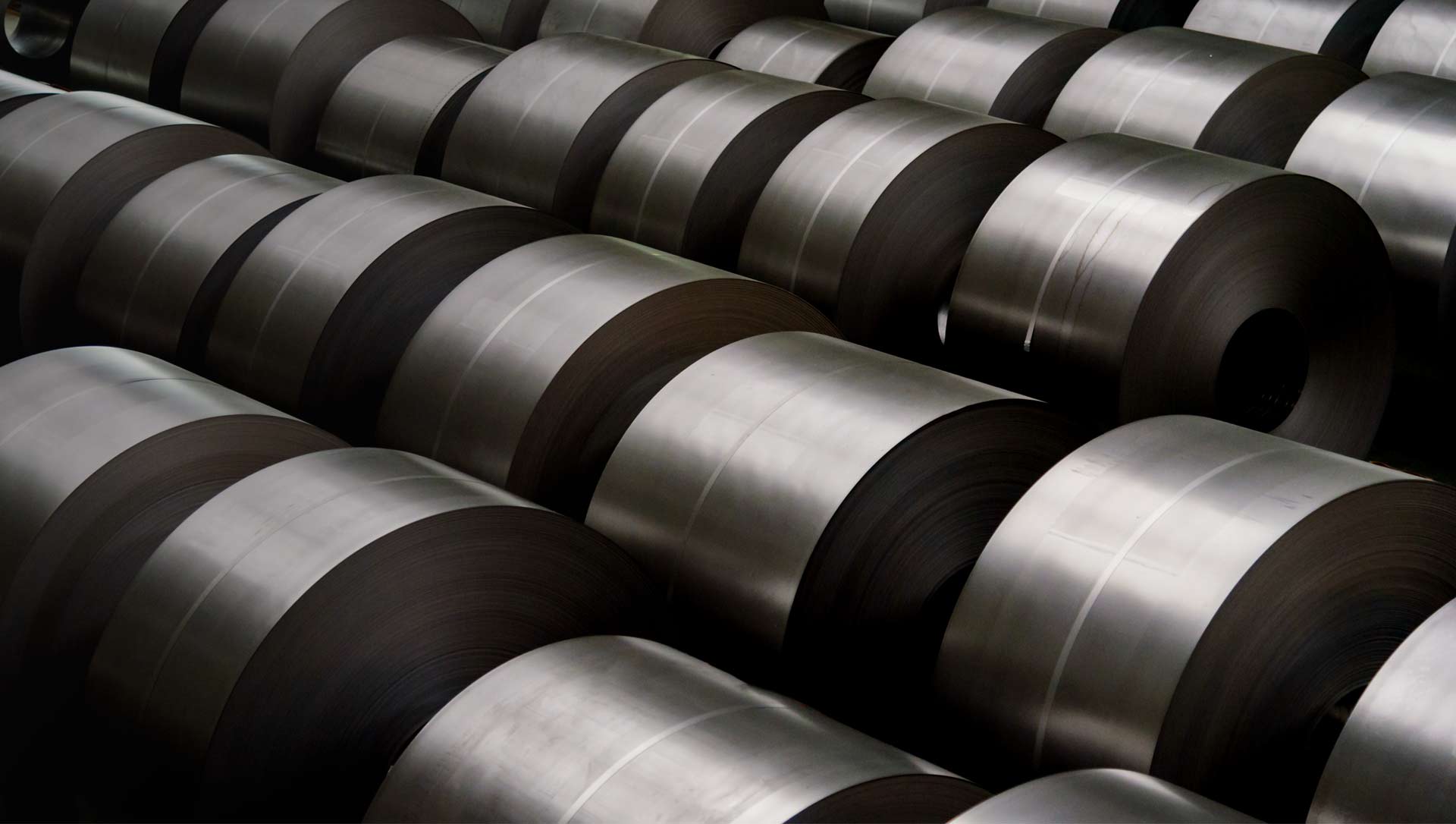
AAMA vs. CWCT: Which Standard Is Right for Your Building Envelope?
In modern construction, the integrity of a building envelope is vital to protect against moisture intrusion, improve energy efficiency, and maintain the structural soundness of façades. As buildings become more complex and expectations for performance rise, water penetration testing (Hose Test, AAMA, CWCT) becomes essential for ensuring quality and compliance. Two of the most widely recognized standards for water penetration testing are AAMA and CWCT.
Understanding the differences between these standards and choosing the right one for your project is a key responsibility of developers, façade consultants, and architects. This blog, based on insights from Cornerstone Middle East, will help you understand these testing standards and make an informed decision.
What Is Water Penetration Testing (Hose Test, AAMA, CWCT)?
Water penetration testing (Hose Test, AAMA, CWCT) is a process used to evaluate how effectively a building envelope prevents the ingress of water through windows, curtain walls, façades, joints, and cladding systems. It simulates various weather conditions—such as rain combined with wind pressure—to identify leaks, verify installation quality, and validate system performance before or after construction.
There are three primary forms of water penetration testing:
- Hose Test – A basic method to check for leaks using a water spray directed at potential weak spots.
- AAMA Testing – Standardized American testing methods focusing on water tightness through hose application under specific pressure.
- CWCT Testing – British-based standard focusing on simulated real-world conditions, including static and dynamic pressure, and long-duration water exposure.
Each method serves a unique purpose and is selected based on project goals, location, and risk level.
A Closer Look at AAMA Testing Standards
The American Architectural Manufacturers Association (AAMA) sets one of the most widely used standards for field testing in North America and the Middle East. One of the most commonly referenced protocols is AAMA 501.2, which is designed for field water penetration testing of installed curtain walls, storefronts, and sloped glazing systems.
Key Features of AAMA Testing:
- Water Source: Hand-held hose with a calibrated nozzle.
- Water Pressure: 30 psi (±5 psi).
- Distance: 1 foot from the test surface.
- Duration: Minimum of 5 minutes per 1.5-meter test section.
- Purpose: Detect leakage at joints and intersections caused by poor installation or sealant failure.
AAMA testing is particularly valuable for identifying localized issues post-installation. This standard is often required in quality control programs for both residential and commercial projects. Since it uses relatively simple equipment and offers quick results, AAMA is a cost-effective option for ensuring compliance with project specifications during or after construction.
Water penetration testing (Hose Test, AAMA, CWCT) under AAMA guidelines is ideal for checking the installation quality of curtain walls and glazing systems.
A Closer Look at CWCT Testing Standards
The Centre for Window and Cladding Technology (CWCT), based in the UK, offers a more holistic and rigorous approach to envelope testing. CWCT standards, particularly their Standard for Systemized Building Envelopes, are known for simulating a combination of static pressure, dynamic pressure (simulating wind), and controlled water application.
CWCT testing is primarily used for laboratory testing of full-size mock-ups, though field applications are also increasing in popularity, especially in Europe and the Middle East for high-performance buildings.
Key Features of CWCT Testing:
- Static Pressure: Assesses the façade’s ability to resist water under constant pressure.
- Dynamic Pressure: Uses fans to simulate wind-driven rain, providing a realistic scenario.
- Air Pressure Cycling: Simulates real-life conditions of pressure fluctuation due to wind.
- Duration: Can range from 15 minutes to over an hour depending on the test cycle.
- Water Spray System: Uses calibrated nozzles to uniformly apply water over a large surface area.
CWCT testing is essential for high-rise buildings, complex façade geometries, or where environmental exposure is intense. It ensures a system can withstand real-world challenges, making it a preferred choice for premium developments and iconic structures.
Water penetration testing (Hose Test, AAMA, CWCT) using CWCT protocols often forms part of pre-construction testing where prototypes or mock-ups are tested to approve the system before full-scale implementation.
Comparing AAMA and CWCT: Key Differences
While both AAMA and CWCT are critical in water penetration testing (Hose Test, AAMA, CWCT), their testing philosophy and execution differ significantly:
Criteria | AAMA | CWCT |
Origin | USA | UK |
Application | Field testing post-installation | Lab/field testing, mock-up validation |
Water Application | Hose with specific pressure | Uniform spray system |
Pressure Simulation | No wind simulation | Includes static and dynamic pressure |
Cost | Lower | Higher |
Use Case | Residential, mid-rise buildings | High-rise, complex façades |
The choice between AAMA and CWCT isn’t about which is superior, but about which is more appropriate for your building type, location, and performance criteria.
Factors to Consider Before Choosing a Standard
Before selecting a testing standard for water penetration testing (Hose Test, AAMA, CWCT), you must evaluate several project-specific aspects:
- Geographic Location
In regions like the Middle East where buildings are exposed to high winds and sandstorms, CWCT’s dynamic testing can be more beneficial than AAMA’s basic hose test. - Building Height and Envelope Complexity
Tall towers and buildings with intricate façades need rigorous testing like CWCT. AAMA can be adequate for simpler, smaller structures. - Design Stage vs. Post-Construction
If you’re validating a system during the design phase, CWCT is preferred. For verifying installation after construction, AAMA is often sufficient. - Client Requirements
Some developers or consultants may have strict specifications, mandating one standard over the other. - Budget and Project Scope
AAMA tests are less resource-intensive and quicker to execute. CWCT is more detailed, but also more expensive and time-consuming.
Why Testing Matters More Than Ever
In today’s high-stakes construction environment, façade failures due to water ingress can result in legal liabilities, insurance claims, building damage, and occupant discomfort. That’s why developers must prioritize water penetration testing (Hose Test, AAMA, CWCT) regardless of budget or timeline pressures.
Professional testing companies like Cornerstone Middle East provide advanced equipment, experienced inspectors, and international certification, ensuring that both AAMA and CWCT tests are conducted to the highest standards.
These inspections don’t just detect flaws—they ensure building safety, uphold brand reputation, and prevent financial loss.
Final Thoughts
Choosing between AAMA and CWCT standards is a decision that affects the long-term performance of your building envelope. For simple and routine inspections, AAMA provides a fast and effective solution. For more complex buildings requiring thorough evaluation, CWCT offers unmatched assurance.
Ultimately, both standards serve the same goal: to verify the building envelope’s ability to withstand water penetration under realistic conditions. Consulting with experienced professionals like Cornerstone Middle East can help you tailor your testing approach to your project’s unique needs.
If you’re involved in a construction or refurbishment project, ensure your façade is tested using the right method. Trust experts in water penetration testing (Hose Test, AAMA, CWCT) to guide your project toward long-term durability and excellence.





Post a comment